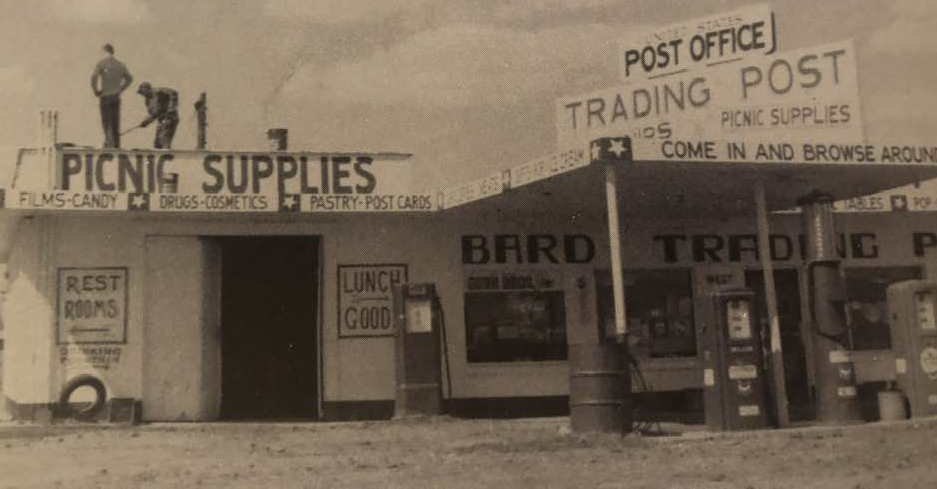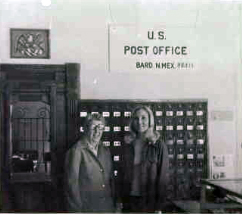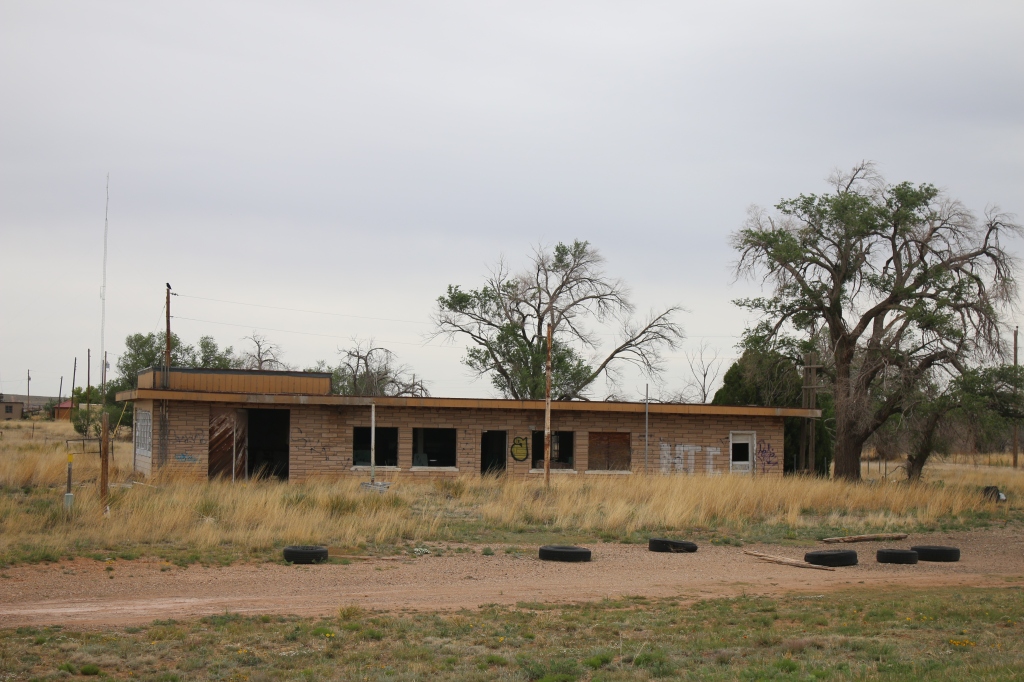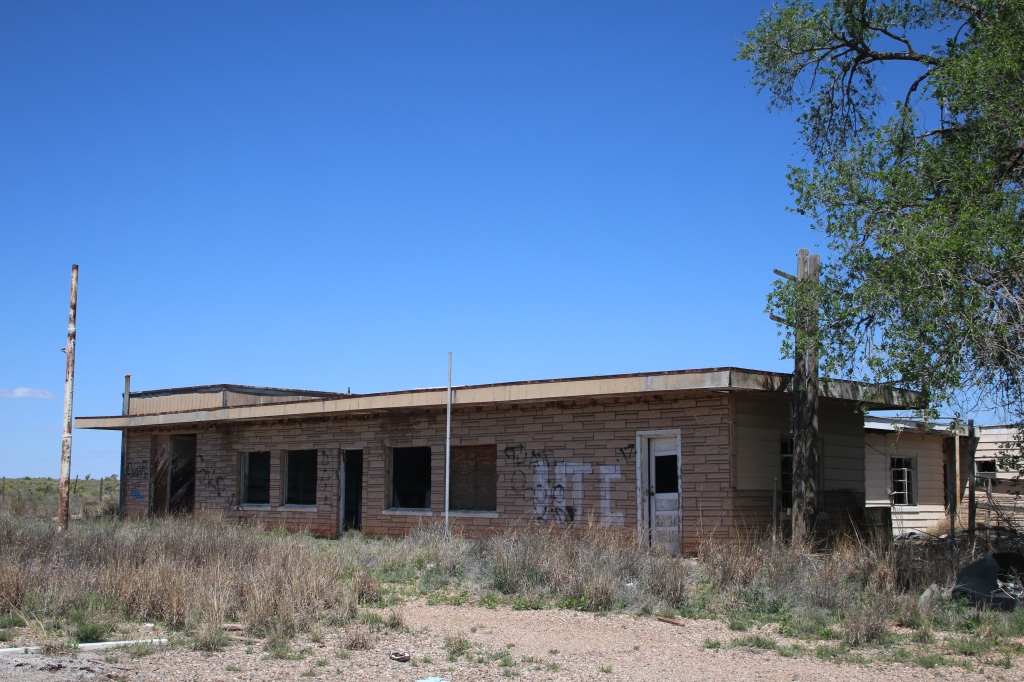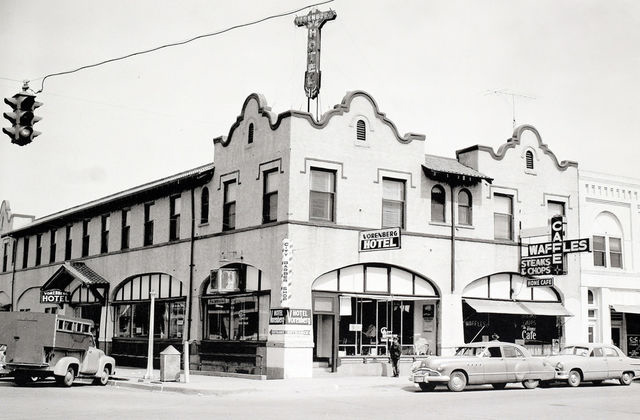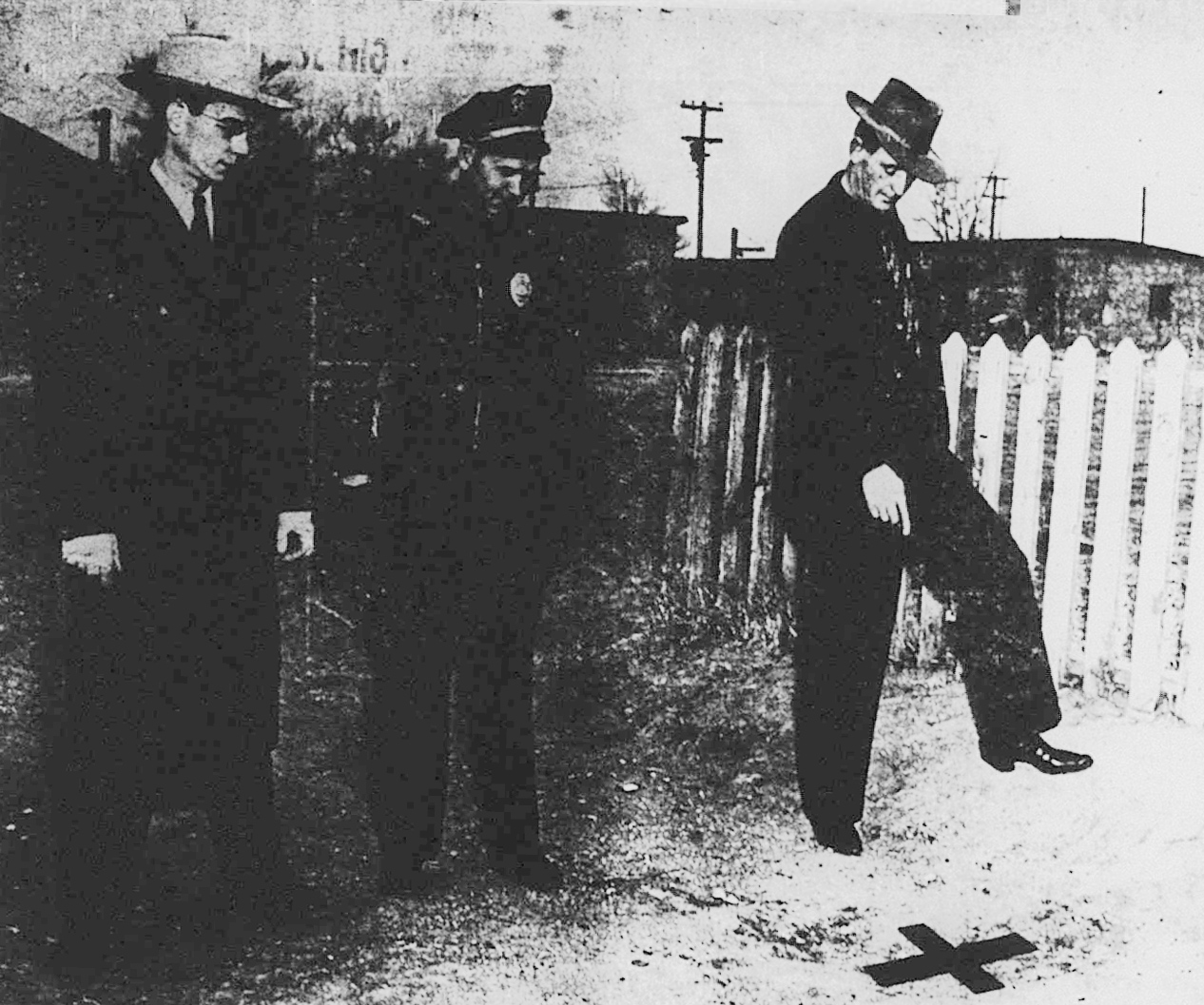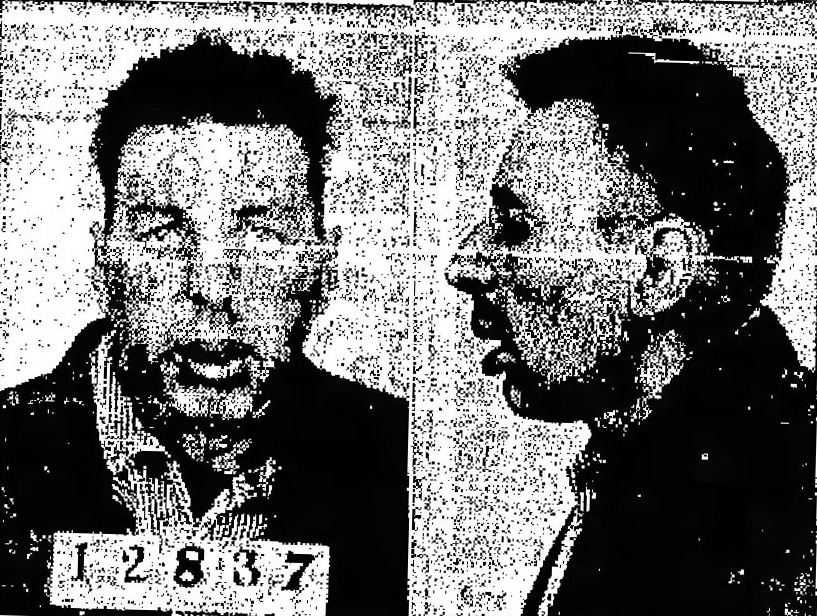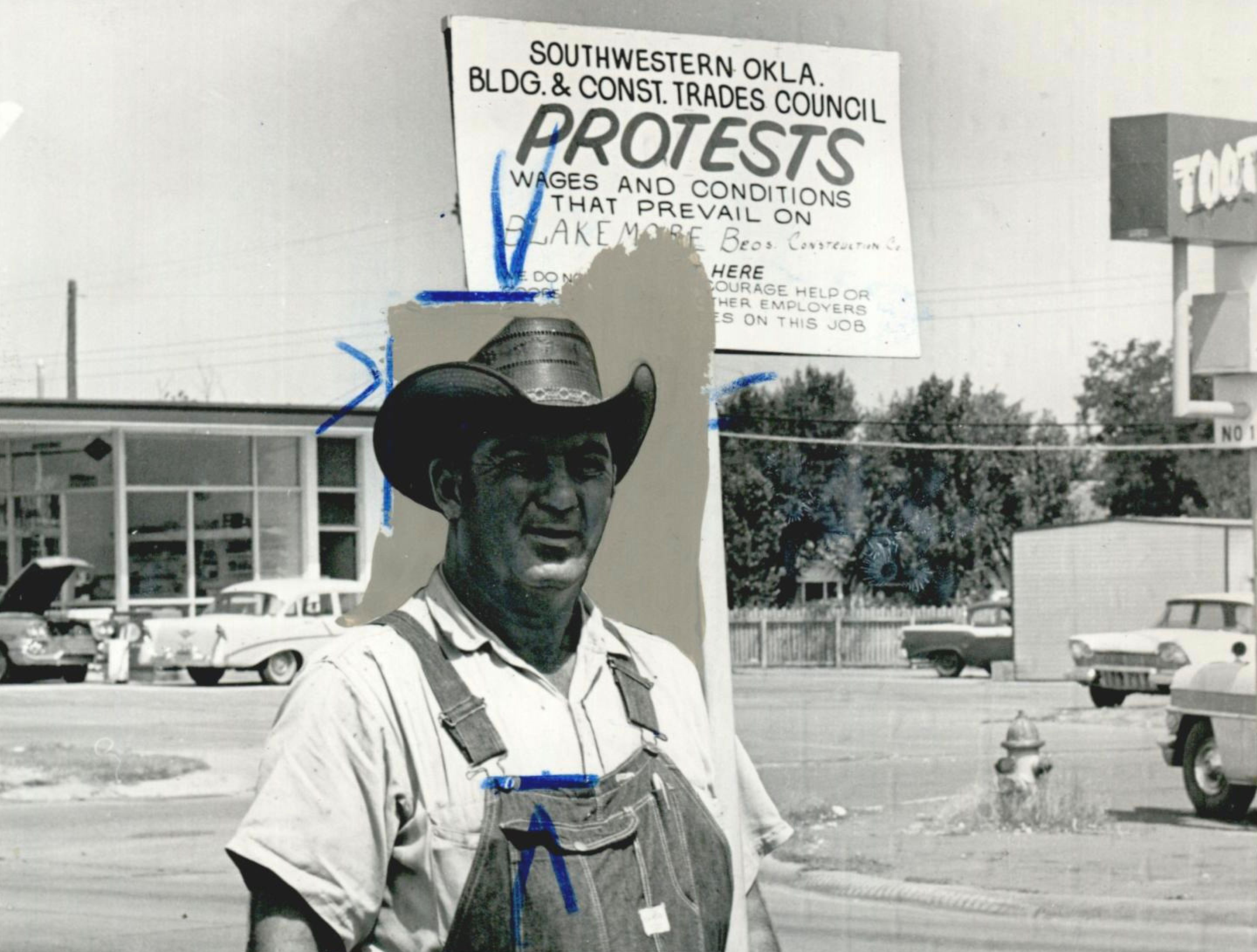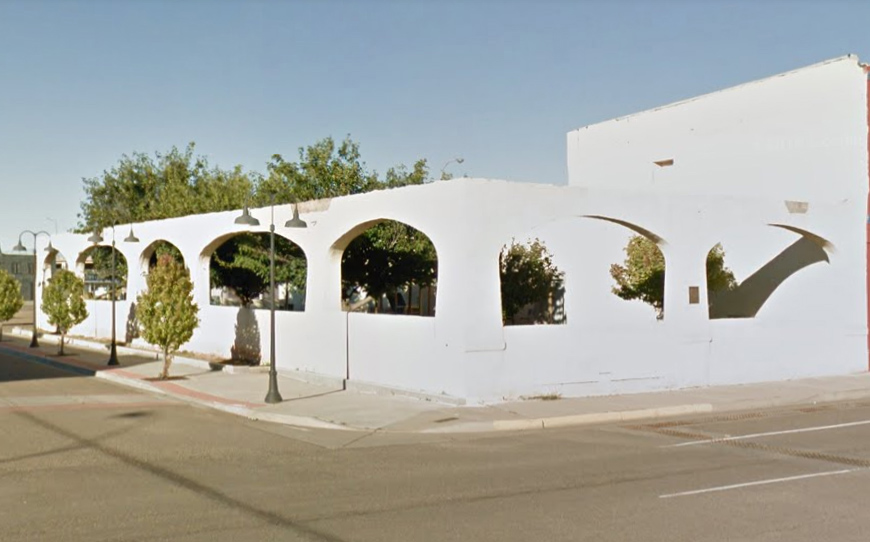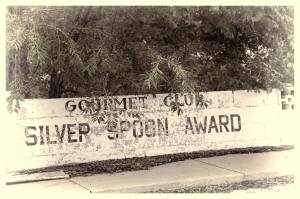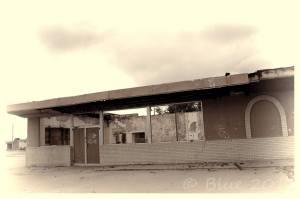
Jim Keeton came from a local police family. The 27-year-old had been married for just ten months.
As you head east, towards Houck, Arizona, there are the remains of several handpainted billboards along the frontage road, sun-bleached and slowly falling to pieces. It was by one of these billboards that one of the more tragic episodes in Houck’s history unfolded on a cold February night in 1971, starting on the road that superseded Route 66 and ending on the old road itself in New Mexico.
That evening police patrol dispatchers received two messages almost at the same time. Both were from Highway Patrolmen in desperate circumstances, but these were separate incidents a couple of miles apart. Just west of Houck on I-40, Patrolman James Lee Keaton stopped a car for a number plate discrepancy. For the 27-year-old officer, who lived in Sanders, it should have been nothing more than a routine traffic stop on his local patch. From a police family – his father Homer had retired the previous year from the Highway Patrol and his brother Dennis was a patrolman in Holbrook – Keeton had served six years in the Army Reserve and had completed a degree in police science in 1968.

Marylou should have been at home that day, her mother was in the hospital giving birth to twin daughters. But fatefully she decided to go to school.
But behind the wheel of the ’68 Pontiac with the gold and vinyl top was 38-year-old Bertram Greenberg. That he was on parole after serving a prison sentence for extortion and had crossed the state line from his home in California might have been enough to warrant a stop, but Greenberg was the subject of an all points bulletin for a very different reason. Issued just hours earlier – and unlikely to have come to the attention yet of Patrolman Keeton – the APB declared Greenberg a suspect in the rape and murder of 13-year-old Mary Louise ‘Marylou’ Hill in Griffith Park, Los Angeles, on the afternoon of 4th February. A hiker had seen him dragging the body of the young girl into undergrowth and had noted the license plate of his car which was swiftly traced back to relatives of Greenberg.

Bertram Greenberg, serial rapist and sexual psychopath, was out on parole when he went on a spree that left four people dead.
Greenberg had a history of violence and mental illness that stretched back years. At the age of 23 he had been charged with robbery and battery after a bloodstained car in his garage was linked to an assault on a woman. As soon as he was released from jail he was arraigned on charges of raping a UCLA coed and a West Los Angeles housewife. He served just a year before being released and was swiftly rearrested on charges that he posed as a policeman to lure a woman into his car and rape her. He was once more imprisoned and paroled in 1963. Four year later he was returned to state prison after being convicted of extortion, having blackmailed a woman of whom he took nude photos. During that time he spent time at the California Medical Facility at Vacaville, a special institution for mentally disturbed inmates.

The house in West Covina where Greenberg lived and from where he began his flight after the murder of Marylou Hill.
After killing Marylou, Greenberg had returned to his home in West Covina where he was visited by his parole officer, Robert Conway. During that visit, Greenberg was telephoned by relatives notifying that the car he was used was being sought by the police. Conway was suspicious enough to ring the police himself and ask why they were looking for the Pontiac. When they told him, he immediately advised them to put out a bulletin for Greenberg. But, by then, Greenberg was on the run.
At 4.14pm the following day, Officer Keeton pulled the Pontiac over on I-40 just west of Houck. A passing motorist saw the officer and another man struggling in the front seat of Keeton’s patrol car but, by the time he was able to turn around and return to the scene, the man was driving off in the Pontiac. Officer Keeton had managed to radio a distress call but he died at the scene, shot with his own service revolver. A few minutes later the Pontiac was stopped by Patrolman Don Allen Beckstead, this time east of Houck. Beckstead was also familiar with the local area as he lived in Houck with his wife and two young sons. Again, this should have been a simple traffic stop but, as Beckstead approached the car, Greenberg pulled out the revolver he had taken from Officer Keeton and fired. Shot in the stomach, Beckstead too managed to radio for help as Greenberg sped away.
Crossing into New Mexico on Route 66, Greenberg flagged down a yellow Volkswagen Beetle, telling the occupants he had a problem with his generator and that he needed a lift to Gallup. Once in the car, he produced the gun and then ordered them to drive up a dirt road towards an abandoned mine. Realising the peril they were in, James Brown and his wife, Karen Dianne, respectively a law student and school teacher on holiday from Missouri, lunged at the hitchhiker but were unable to disarm him. Greenberg forced Brown to strip to his underpants before sexually molesting his wife. Then he shot Brown in the back of the head before shooting Dianne in the head, too. James Brown died but Dianne was able to escape and would recover.

Aftermath in Gallup. Greenberg was shot down in a hail of bullets and trying to flee his car.
Stealing the yellow VW, Greenberg headed for Grants where he was finally stopped by local police and a barrage of handgun, carbine and shotgun fire at the junction of Highway 117 and I-40. The VW was virtually cut in half and skidded off the road. Greenberg tried to make a run but was cut down by police fire, some nine or ten bullets finding their target in his body and killing him on the spot. It transpired he had tried to stab himself with a pocket knife before the shooting, stabbing himself in the chest and wrist, almost severed his left hand.
Back in Arizona, help had arrived for Don Beckstead who was transported to McKinley Hospital in Gallup, New Mexico. Although his wound was extremely grave – a bullet from his fellow patrolman’s gun had punched through his small intestine, destroyed his left kidney and buried itself in the muscles of his back – Beckstead, against the odds, made it through the night and the following day was able to laugh and joke with his wife, Betty, and his boss, Lt Bert Zamborini, telling the latter there was no way he wanted a desk job. Betty spoke of her sorrow for Connie Keeton – the Keetons had been married just ten months – and how they’d all planned to have dinner together the following Wednesday.

Betty Beckstead (left) comforts Dianne Brown, the only survivor of that terrible night.
Beckstead was conscious enough to make a statement saying that he had only stopped Greenberg for an unsafe pass, not realising his colleague had been shot, as well speak briefly to a reporter. A story ran in the Arizona Republic on Sunday 7th February 1971 headlined ‘Wounded officer winning his fight for life’.
But later that day he went into renal failure. Although McKinley was a good hospital, the one thing it didn’t possess was an artificial kidney machine, so Officer Don Beckstead would have to be transported to Albuquerque. He died on the way. He was 28 years old.

A few months after his death, Officer Keeton’s widow, Connie (centre), and family set up a scholarship fund in his memory. Today the Northern Arizona University still awards the James L Keeton Police Science Memorial scholarship.
Both Betty Beckstead and James Keeton’s widow, Connie, would later take up positions as police dispatchers. Betty later said; “I’m pro-police, pro-patrol, so it was natural for me to come and work for the Highway Patrol and I love it. This is what keeps me occupied. Without this job I think I would have ended up in the state hospital.”
There was a poignant little coda to this story. A couple of days after Beckstead’s death, Reverend A.L. Dominy, the chaplain at Port Hueneme Naval Base in California received a package in the mail. Inside was a 15-inch wrench worth only a few dollars that was US Navy property. The writer of the note explained that the wrench had already been posted to his old Seabee outfit but had been returned to him because the unit had been decommissioned. He continued; “I am now a Christian and a highway patrolman and I just have to return this.” The note was signed Don Beckstead.
James L Keeton
Don A Beckstead
End of Watch – Friday 5th February 1971.

Don Allen Beckstead, father of two young boys, had no idea the minor traffic stop he would make would end his life.
